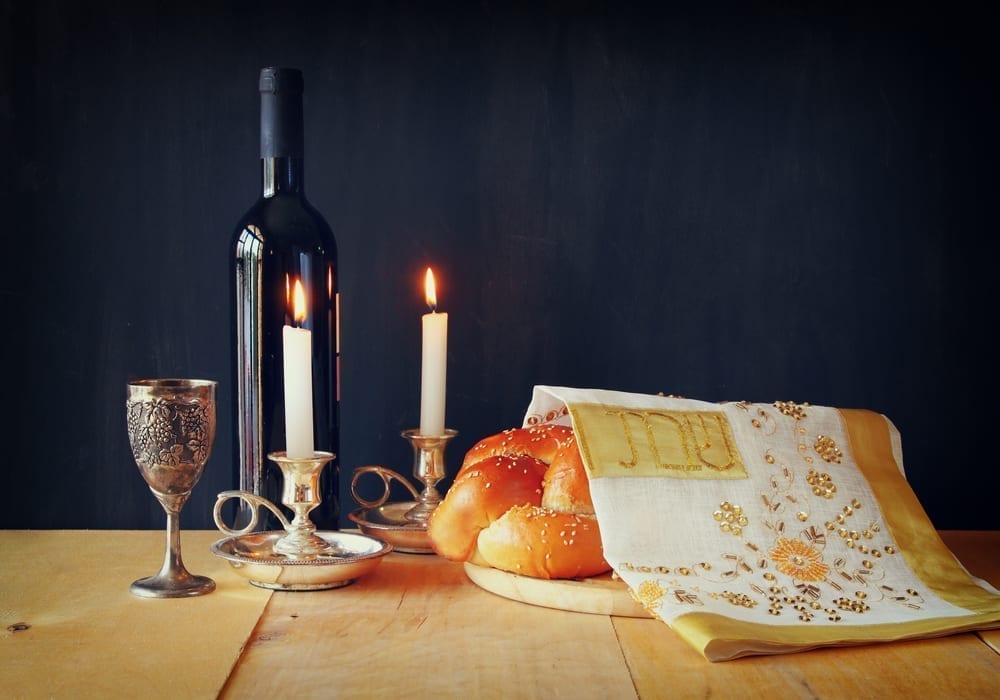As we open the fourth book of Torah, The Book of Bamidbar and Torah portion Bamidbar, we recall the vast and barren desert wilderness,
Bamidbar – in the desert, wherein our forefathers and mothers roamed for forty years.
In the desert we wandered; in the desert we cried for water; in the desert we fought our arch enemy, Amalek; in the desert we quarreled with Moshe and rebelled against G-d; and in the desert, we slandered the cherished and desirable land that G-d promised to give to us.
And yet… Bamidbar… In the desert, we became G-d’s nation, in the desert we were entrusted with the Holy Torah; in the desert we pledged our allegiance to G-d, promising that “Everything G-d says, we will do and we will listen” (Shemos 24:7). In the desert, we were transformed from slave men to free people.
In the third month from when the Children of Israel left the land of Egypt, on that day, they came to the wilderness of Sinai. And they journeyed from Refidim, and they came to the Wilderness of Sinai, and they camped in the desert; and Israel camped there opposite the mountain (Shemos 19:1-2).
It is this momentous, nation-altering, life-changing event that we commemorate during Shavuot, the time we received the Torah.
One of the widespread customs observed in honor of Shavuot is to decorate the Shul and home with greenery and flowers. (It is interesting to point out that the Vilna Gaon [1720-1797, Lithuania] ruled that we should not decorate with flowers and trees on Shavuot, as the custom of the nations of the world is to decorate their places with trees on their holidays.)
Many interesting reasons are given for the prevalent custom of decorating with flowers and trees on Shavuot:
Moshe Rabbeinu was born on 7 Adar, and cast into the reeds along the Nile River three months later (Sivan). To remember the miracle that was done for him amongst the reeds, we decorate our holy places with greenery on Shavuot.
The greenery and flowers reminds us of the greenery that blossomed around Mount Sinai when the Torah was given.
Our sages teach that when G-d spoke the Ten Commandments, the entire world filled with the smell of fragrant spices. To recall this sweet scent of Torah, we decorate our holy places with fragrant blossoms.
In the Torah, Shavuot is associated with the bringing of the Bikkurim (first fruits) as homage to G-d. From Shavuot onwards till Sukkot the Jews would bring their first fruit to the Holy Temple. To recall this bringing of the first fruits to the Holy Temple which began on Shavuot we decorate our synagogues and homes with greenery and plants.
Our sages teach us another reason: On the holiday of Shavuot, G-d judges the earth and determines how abundant the fruits of the trees will be for the coming year. Therefore, tree branches are placed in the synagogues to remind us to pray for the trees and their fruits.
However, perhaps we can propose another reason for the flowers and tree branches that decorate our homes and synagogues; a reason intrinsically linked to the name of the holiday Shavuot – “Weeks”.
When a seed or bulb is first planted, it is just that: a seed or bulb. It looks so insignificant and paltry that it is hard to envision that life will yet sprout forth. And then we take that seed or bulb, and bury it in a portion of dank, dark, damp earth. We cover the seed and bulb and stand back to admire our work.
But what, really, is there to admire!? What, in fact, is there to show for our efforts in gardening, for our work in the dirt, for our planting of the bulb or seed? On day 1, truthfully, there is not much to show, except the dirt of the garden.
And, yet, we wait and hope, watch and anticipate, for the day when that seed sprouts, as it bursts forth from its confines and reaches the surface! On day 7, we see that there is life! One tiny leaf is growing…On day 14, that one leaf is now two, and the plant is taller. On day 21, two become three; three become four, four sprout buds. On day 28, the buds begin to open, slowly, slowly, from their tight enclosures…On day 35 we marvel at the beautiful plant before us! Is it possible, that just five weeks ago, this was nothing but a speck in the dirt, a seed in the garden, a bulb underground!?
On day 42, we gasp as we see the blossoms before our eyes. In just six weeks, look how far our little plant has come. From dirt to air, from dark to light, from being buried to being alive, from earth to heavens – how it has grown!
And, then, somehow, by the grace of G-d, and with much effort and perseverance on our part, on day 49, that little seed is a blossoming flower. The color is vibrant, the scent is intoxicating, the petals a vivid green, the soil has become its home.
Shavuot -The Festival of Weeks. Over the past seven weeks, we left slavery to freedom. We left the mud of Egypt behind and came to the light of Torah, from the 49th level of impurity to the highest heights of Torah.
Day by day: 1 to 2, 2 to 3, 3 to 4….48 to 49, we have counted up and out of the impurities of Egypt and have reached the holiness of Sinai.
Indeed, let the greenery and flowers remind us all of who we are, where we have come from, and how much we have grown. And most of all, let those flowers remind us that even if all you see is dirt, beneath the surface, beauty and life is just waiting to burst forth.
As water nourishes the seed in our garden, so too, the waters of Torah nurture us, as we grow onwards and upwards.
‘And now, if you surely listen to My voice, and guard My covenant, you will be for Me a treasure from all the nations, for the whole earth is Mine’ (Shemos 19:5).
Wishing you a flower-filled, meaningful and uplifting, rewarding and delicious, happy and nurturing Shavuot!
Michal





